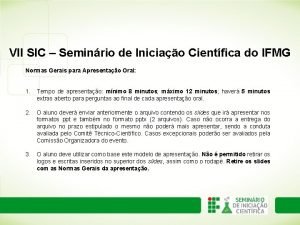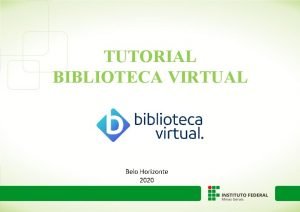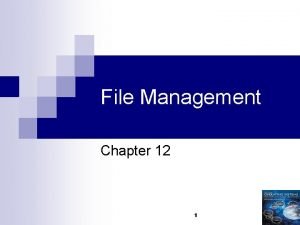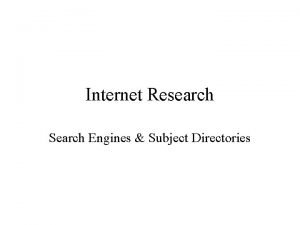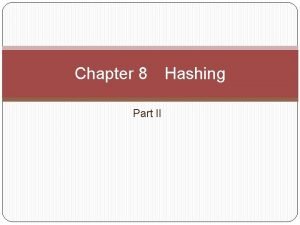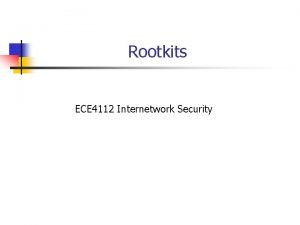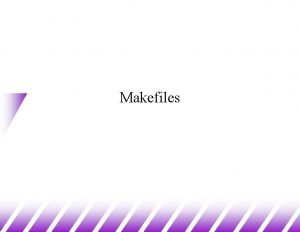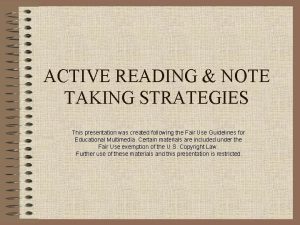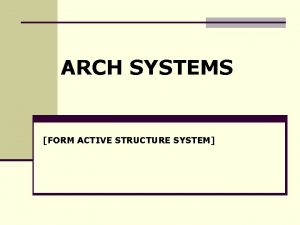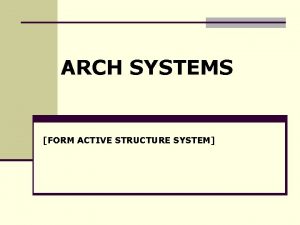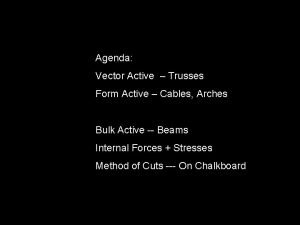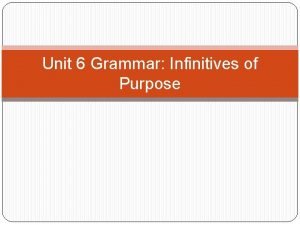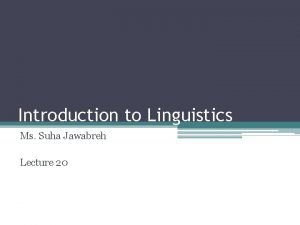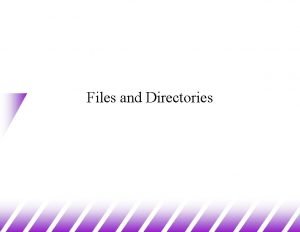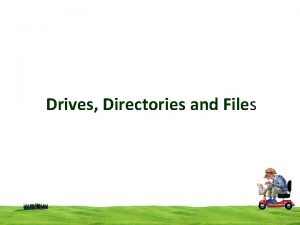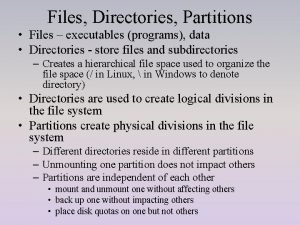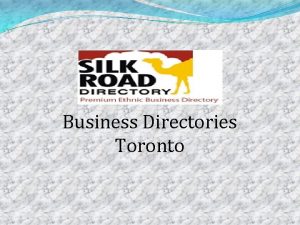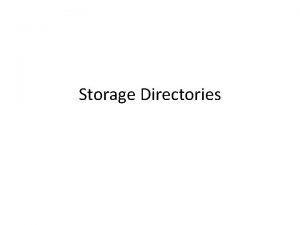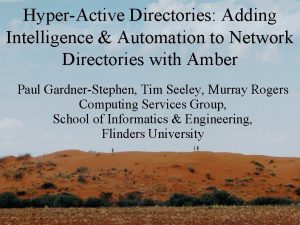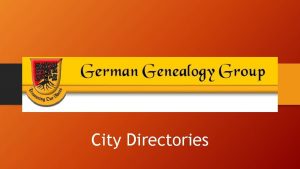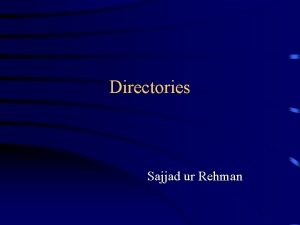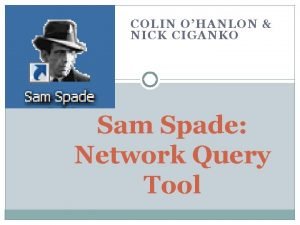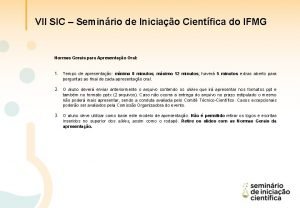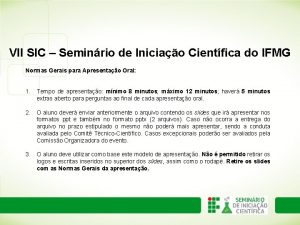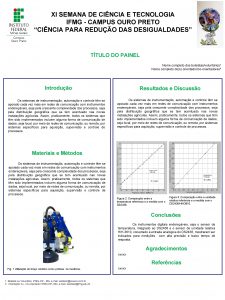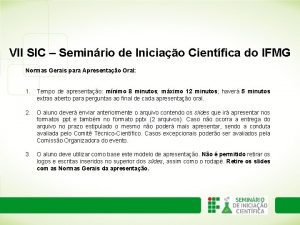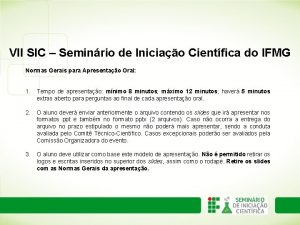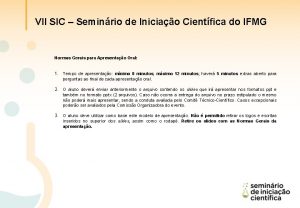Active Directories Purpose and Structure Chrystom Ciganko IFMG




















- Slides: 20

Active Directories: Purpose and Structure Chrystom Ciganko IFMG 352 Final Presentation

What is Active Directory? Directory service used to store information about objects within a domain, to organize these objects, and to centralize a network

Goals of AD High Scalability Compatibility with older NOS's Administration is simplified

DNS Absolutely vital for AD Must be correctly configured or AD will not work AD's locating server All servers must be registered in the DNS Points the user (unaware) to the proper authentication server for login

Standards used by AD Kerberos for authentication X. 500 for structure X. 509 for cert-based authentication DNS for ease of machine communication LDAP for authorization

Active Directory structure Hierarchical framework of objects Objects: Uniquely identified by: Resources(printers) Services(Email) Users(accounts and groups) Name Attributes Defined by: Schema Determines kinds of objects within the Active Directory

Methods of structure Order of the levels Forest – the entire collection of all objects Contains all trust-linked trees Tree – collection of all domains Domain – collection of most objects Objects can be contained in Organizational Units(OU's) Can assign Group Policy Objects(GPO's) Flow down to users/groups

Forest Compilation of Trees Contains single Root-Tree First Domain installed 100% required Sub-Trees must be added to the Root-Tree or no Forest is created

Tree Hierarchal structure of Domains Transitive Trusts Type of trust that is extended beyond two domains to other trusted domains in the tree Sub-Domains must be added to the Root. Domain or there's no tree

Domain Building block for AD Created by Domain Controllers (DC's) Controller of System Policies Administration Traffic

Schema Definition of all the AD's Attributes Syntaxes Object-type or classes Only one consistent Schema per Forest Can be matched with a Database Schema

Server roles Domain Controller Flexible single master operation (FSMO) Specialized DC tasks Primary Domain Controller (PDC) Backup Domain Controller (BDC) Global Catalog Member Server

Domain Controller Requirement for AD Control Schema, Configuration, and Domain partitions Schema: Defines object classes within Forest Configuration: Defines physical structure(topology) Domain: Contains objects within the domain All DC's Schema and Configuration partitions within Forest are sync'd Domain partition only sync'd with other DC's within that domain

Organizational Units (OU's) Carry out the structure within the Domain Are not assigned the specific rights Used for administrative reasons Can be nested if needed

Multi-domain forests Knowledge Consistency Checker(KCC) Creation of replication topology Again, DC's only sync with DC's Global catalog (GC) servers Contained within a DC Create global listing of all objects within all domains

Global Catalog Server Required for logon Contains copy of all Objects for the entire Forest Answers AD search requests

Uses of AD Update all computers by updating an object within the forest or tree Managing user groups Grant access to particular users Deny access (deny always overrides grant)


Example of domain users/groups

Resources http: //en. wikipedia. org/wiki/Active_Directory http: //www. tech-faq. com/active-directory. shtml http: //searchwindowsserver. techtarget. com/gen eric/0, 295582, sid 68_gci 1050336, 00. html http: //en. wikipedia. org/wiki/FSMO
 Sic ifmg
Sic ifmg Pergamum ifmg
Pergamum ifmg Directories pricing tables schedules and name list
Directories pricing tables schedules and name list Subject directory vs search engine
Subject directory vs search engine Motivation for dynamic hashing
Motivation for dynamic hashing Lrk v4 trojans
Lrk v4 trojans Makefile example multiple source files
Makefile example multiple source files And or boolean
And or boolean Primary vs secondary active transport
Primary vs secondary active transport Primary active transport vs secondary active transport
Primary active transport vs secondary active transport What is the purpose of the active reading strategy
What is the purpose of the active reading strategy Write the pattern of passive voice simple present
Write the pattern of passive voice simple present On purpose sentence
On purpose sentence General purpose specific purpose central idea
General purpose specific purpose central idea Vector active structure system examples
Vector active structure system examples Section active structure
Section active structure Vector active
Vector active Infinitive of purpose negative
Infinitive of purpose negative Cause and effect text structure clue words
Cause and effect text structure clue words Structural ambiguity examples
Structural ambiguity examples Linguistics
Linguistics
